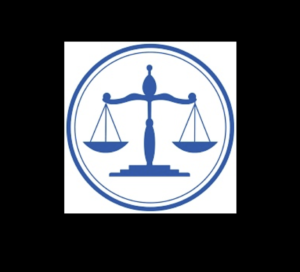History of polygraph cannot be explained without a small prelude about Detection of Deception.
The detection of deception started as soon as an organized intent on having a fair society arose. Many writings have been discoverd on archaic ways to detect if somebody was telling the truth. For instance, in West Africa persons suspected of a crime were made to pass a bird’s egg to one another. If a person broke the egg, then he or she was considered guilty.
In Ancient China, during a prosecutor’s speech the suspect held a handful of rice in his or her mouth. Since salivation was believed to cease at times of emotional anxiety, the person was considered guilty if by the end of that speech the rice remained dry.
Forensic science is a scientific method of gathering and examining evidence and polygraph is an integral part of Forensic science. Crimes are often solved with the use of pathological examinations that gather fingerprints, palm prints, footprints, tooth bite prints, blood, hair and fiber samples. Handwriting and typewriting samples are studied, including all ink, paper, and typography. Now polygraph has become a cost effective method in the selection or illimination of suspects/witnesses as well as an important interrogation tool.
ImageBallistics techniques are used to identify weapons as well as voice identification techniques are used to identify criminals.
The first recorded application of medical knowledge to the solution of crime. In the 1248 Chinese book Hsi DuanYu or the Washing Away of Wrongs, ways to distinguish between death by drowning or death by strangulation were described.
Italian doctor, Fortunatus Fidelis is recognized as being the first person to practice modern forensic medicine, beginning in 1598. Forensic medicine is the “application of medical knowledge to legal questions.” It became a recognized branch of medicine in the early 19th century.
An earlier and less successful lie detector or polygraph was invented by James Mackenzie in 1902. However, the modern polygraph instrument was invented by John Larson in 1921 and was later improved upon by Leonard Keeler between 1930 and 1940. A police officer in Chicago called the new instrument the “Compact Keeler Polygraph”. Regardless of the advancements in the field, the concept behind the “Compact Keeler Polygraph” remains but the same system that exsisted with Keeler but now in a digital format.







